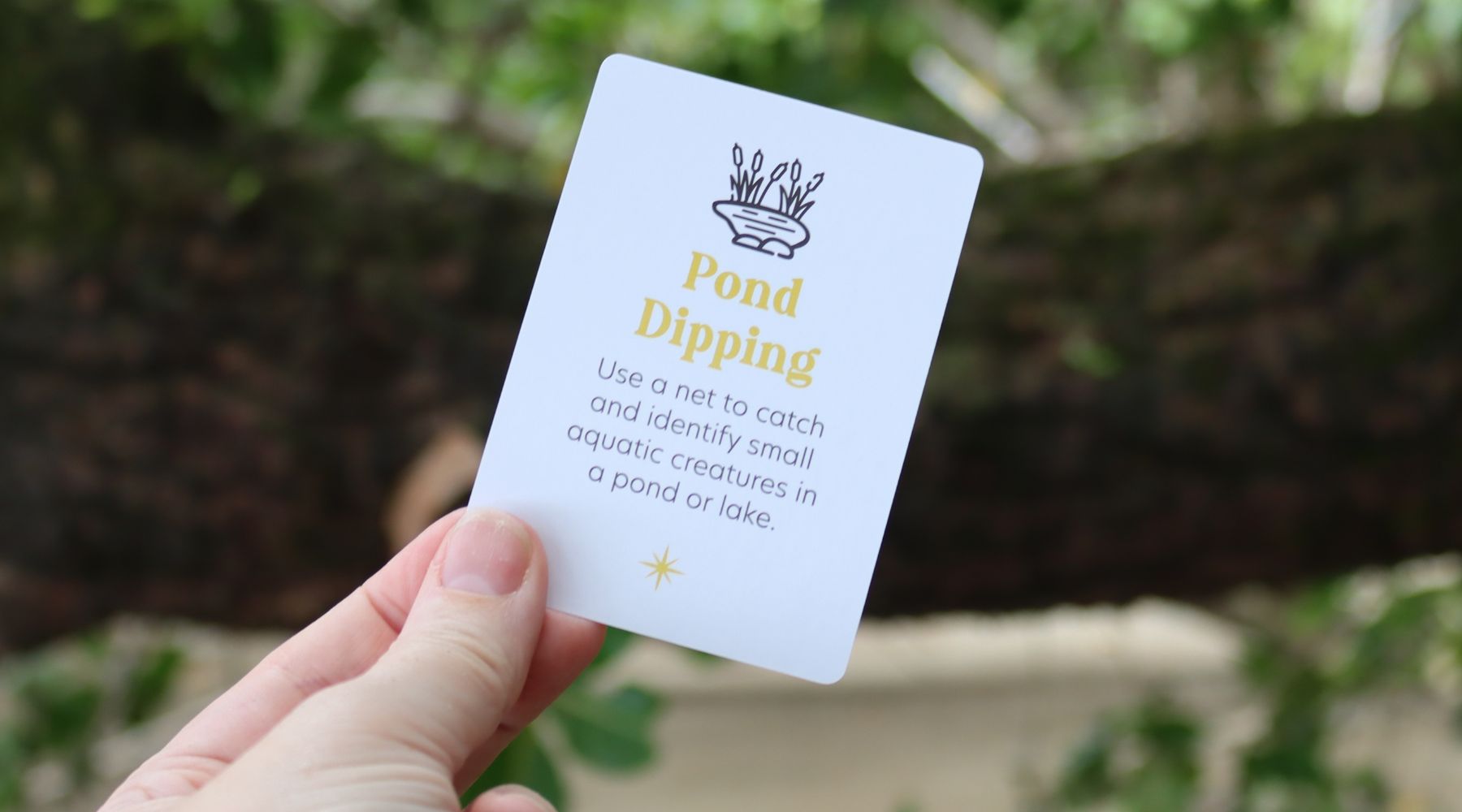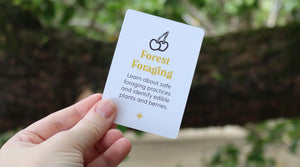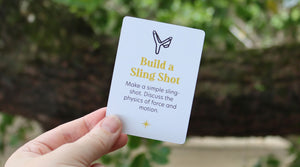Pond dipping is an exciting way to discover the hidden life in a pond or lake. Using a net to catch small aquatic creatures allows you to learn about their habitats, behaviour, and the ecosystem they belong to. In this blog, we’ll guide you through the steps for a successful pond dipping adventure and help you identify some of the fascinating creatures you might find.
Why Go Pond Dipping?
Exploring a pond can teach you about biodiversity, ecology, and the importance of freshwater habitats. It's a hands-on way to learn about science and the natural world while having fun!
Materials You’ll Need:
- A small net (a pond net or fine mesh net works best)
- A bucket or container (for holding the creatures you catch)
- A field guide or app (for identifying aquatic creatures)
- A notebook and pencil (for taking notes)
- A magnifying glass (optional, for closer inspection)
- Rubber boots or old shoes (to keep your feet dry)
Step-by-Step Guide to Pond Dipping
1. Choose the Right Location
Find a pond or lake that is safe and accessible. Look for shallow areas with plenty of vegetation, as these spots are often teeming with life. Ensure it’s a location where you have permission to explore.
2. Get Ready to Dip
Put on your rubber boots and gather your materials. If you’re with friends or family, you can work as a team to cover more areas.
3. Start Dipping
- Technique: Gently sweep the net through the water in a scooping motion. Try to disturb the sediment at the bottom, as many creatures hide there.
- Focus on Vegetation: Move your net near plants and around rocks, where many aquatic creatures like to hide.
4. Inspect Your Catch
Carefully transfer any creatures you catch into your bucket or container. Avoid overcrowding the container, and don’t leave creatures in the net for too long.
5. Identify Your Creatures
Use your field guide or app to help identify the creatures you’ve caught. Common finds include:
- Water bugs: Fast-moving insects that can sometimes be mistaken for tiny beetles.
- Tadpoles: The larval stage of frogs, often found in shallow water.
- Aquatic worms: These wriggly creatures are often found in the sediment.
- Snails: Look for their spiral shells, which may be found on rocks or underwater plants.
- Small fish: Depending on the pond, you might catch tiny minnows or other species.
6. Observe and Record
Take notes on the creatures you find. Record their colours, shapes, and behaviours. If you have a magnifying glass, use it to get a closer look at details like patterns on shells or the structure of fins.
7. Release Your Creatures
After observing and identifying the aquatic life, gently return them to the pond where you found them. Make sure they have a safe entry back into their habitat.
Important Safety and Environmental Tips
- Wash Hands After Dipping: Always wash your hands after handling aquatic creatures or water, especially before eating.
- Be Gentle: Handle all creatures with care to avoid harming them. Return them to their habitat as soon as possible.
- Respect Nature: Avoid damaging plants or disturbing wildlife beyond your dipping activities. Leave the environment as you found it.
Fun Facts About Aquatic Life
- Did you know? Many frogs begin their lives as tadpoles, living in water before transforming into adults and moving onto land.
- Interesting fact: Some aquatic insects, like water striders, can walk on the surface of water due to surface tension!
Wrapping Up Your Pond Dipping Adventure
Pond dipping is a fantastic way to engage with nature and learn about the rich life in freshwater ecosystems. By exploring, identifying, and understanding aquatic creatures, you gain a deeper appreciation for biodiversity and the environment.



